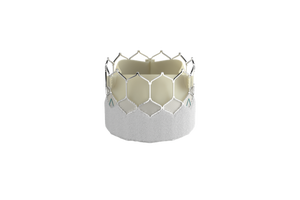Database Helps Designers Get the Facts
October 8, 2006
Originally Published MPMN October 2006
INDUSTRY NEWS
Database Helps Designers Get the Facts
|
A database helps design engineers select the most suitable material for their applications. |
Selecting the right material for an implantable device is crucial. To ensure patient safety, design engineers have to take such factors as corrosion and biocompatibility into account when developing a device. Because of the importance of material selection for implantable devices, an organization dedicated to the exchange of metal and material information has established a database to aid medical device manufacturers during the design stage.
Although ASM International (Materials Park, OH; www.asminternational.org) has only waded into the medical device market in recent years, it has dealt with accumulating and distributing material facts for other industries for close to a century. As a result of its recent foray into the medical field, the organization has created the Materials for Medical Devices Database as a means of consolidating information about materials used in implantable medical devices into one location.
“The success and failure of implantable devices is very important to people’s lives and saving lives,” says Don Lensner, the manager of global marketing for the organization. “So much of that technology is within the actual materials that are selected. What do you make these things of so that they don’t corrode and cause problems from the corrosion, so that they operate for the time and at the specifications required?”
Comprised of numerous tables, the database includes such information as materials typically used in implantable devices, a list of devices themselves, and where designers can further research a device’s compliance details and successfully completed FDA tests, according to Lensner. Additional tables cover drugs often used in association with implantable devices, such as the coatings used for controlled release in drug-eluting stents.
Ultimately, the paid service provides medical device designers and researchers with access to extensive material information geared toward helping them choose the best material for their application.
“Clearly, the key benefit here is that device designers can now test out ideas, explore ‘what ifs’ in one place very quickly and efficiently,” Lensner says. “They can look at an analogous product and wonder: ‘Gee, is that product composed in such a way that some of those materials or some of those processing technologies might be applicable in the products that we are contemplating now?’”
The initial database will consist of a cardiovascular module, with the development of modules focusing on orthopedic and neurovascular devices to follow in the future. ASM plans to debut the database at its cohosted Materials, Medicine, and Nanotechnology summit in October.
Copyright ©2006 Medical Product Manufacturing News
You May Also Like


.png?width=300&auto=webp&quality=80&disable=upscale)
